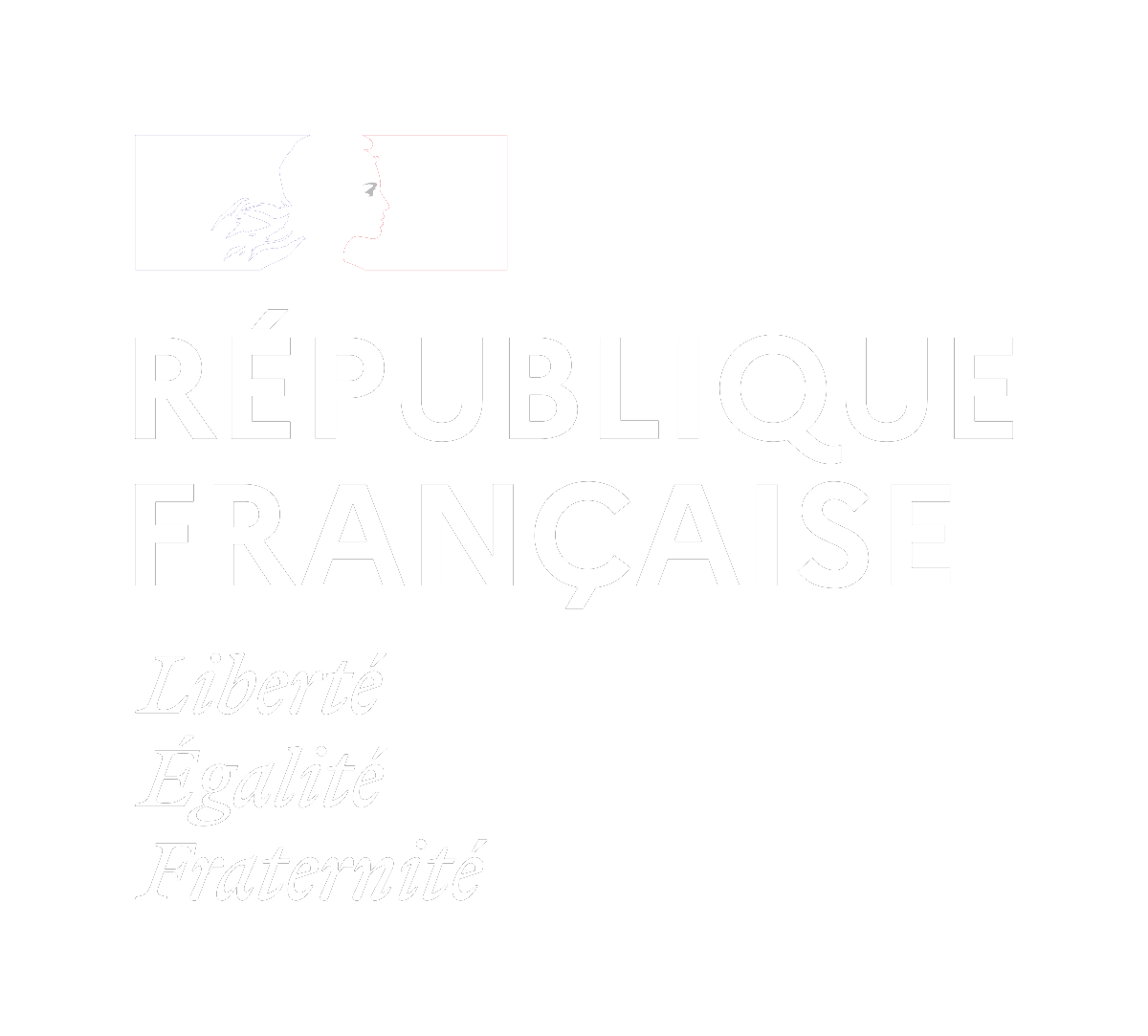What Are Digital Passports in Fashion?

Did you know that according to a recent Kantar study, 52% of consumers say they have already seen false or misleading information about brands’ sustainable actions?
In today's world, consumers are becoming increasingly conscious of the environmental and social impacts of their purchases. What better way to prove your commitment than by displaying crucial information directly on the garment label?
This guide will help you understand what digital passports are and how to read them, the latest frontier of transparency in fashion.
Digital Passport: How Does It Work?
Digital passports are innovative tools designed to provide consumers with detailed, accessible information about a product's entire lifecycle. Much like a travel passport logs journeys across borders, digital passports trace a garment’s journey, displaying traceability from raw material to finished product.
These passports include essential data such as the origin of raw materials, the production process, environmental impact, certifications. By scanning a QR code or via a widget, consumers can verify claims about sustainability, ethics, and quality in real time.
This level of transparency helps build customer trust, supports informed decision-making, and encourages more responsible consumption.
Make the Most of Our Digital Passports
Fairly Made's digital passports provide comprehensive and transparent product information to help consumers make informed choices.
Our passport is divided into two main sections: mandatory information required by the AGEC law and voluntary transparency initiatives by the brand. Each section provides essential details about the product's lifecycle and environmental impact.
.png)
1. Regulatory Part – AGEC Allegations
The first part of our passport complies with the AGEC law (Article 13 on transparency).
The law mandates brands to display key production stages (weaving/knitting, dyeing, and assembly) and other environmental allegations related to recycled materials and eco-contributions.
2. Voluntary Part – Full Traceability & Transparency Initiatives
For brands that wish to go further, this section includes a traceability tree with all the detailed stages, the countries the product passed through, the certifications obtained, and the total kilometers traveled.
Next, an easily digestible section highlights the environmental impacts of the garment using key indicators: climate warming, freshwater eutrophication, and non-renewable energy use.
These impacts are paired with simple equivalences to help consumers understand them more clearly.
Environmental impact equivalences, such as the number of kilometers driven by a car or days of heating a home, are displayed to raise consumer awareness and enable more informed purchasing decisions.
By better understanding a product's environmental impact, consumers can select items that reflect their values and ecological concerns, while also fostering a connection with brands through transparent and authentic storytelling.
Communicating Environmental Impact
Helping consumers understand the environmental impact of their purchases is a fundamental aspect of transparency. Displaying the impact of each garment is a significant and innovative step in an industry often criticized for its opacity.
At Fairly Made, we provide a solution to collect and display essential information, helping you build trust and meet transparency regulations.
Because showcasing traceability is not just about compliance—it is your chance to vividly showcase your commitment and narrate the compelling journey of your products.






.png)

.svg)